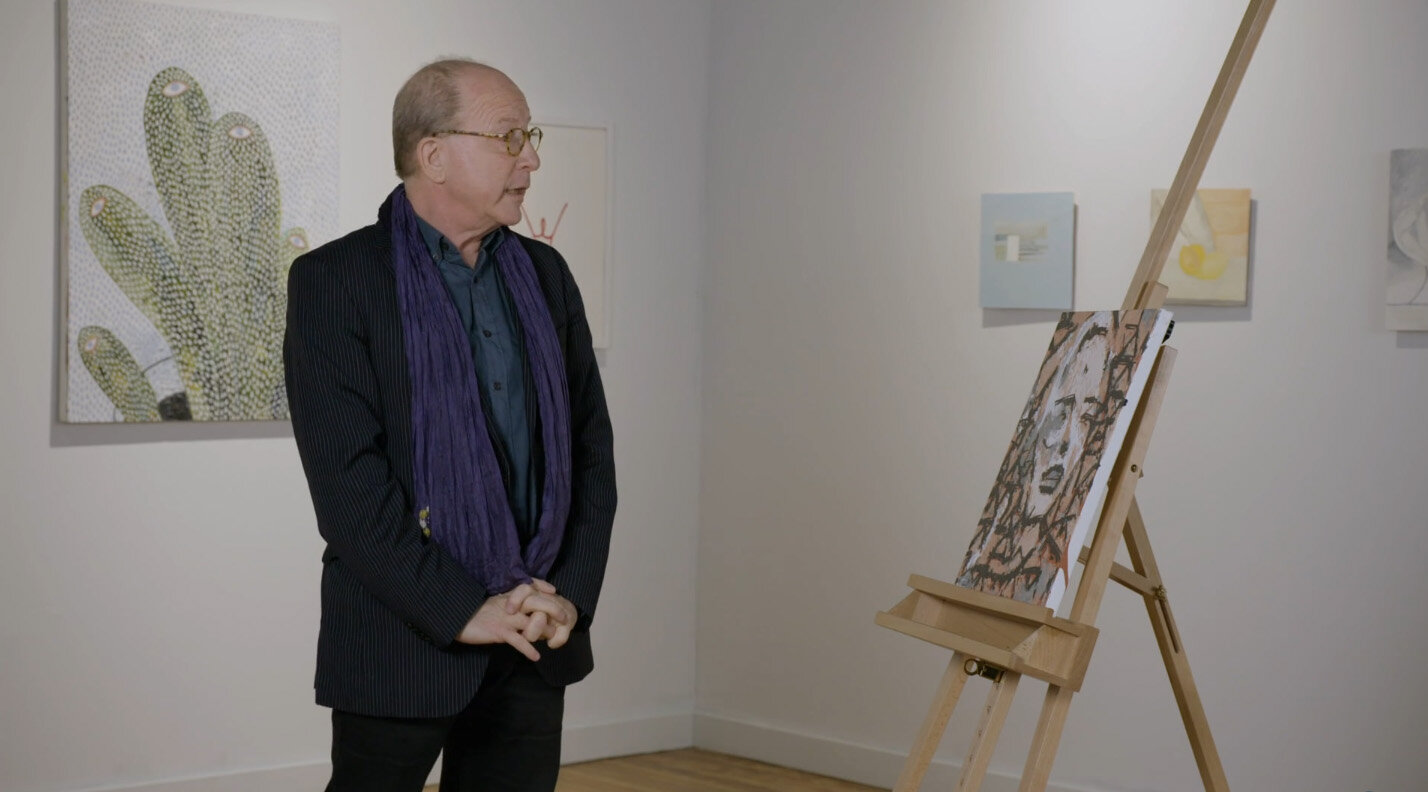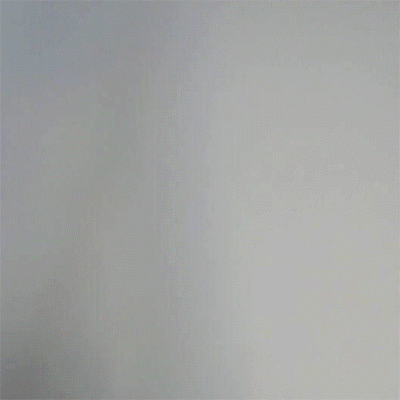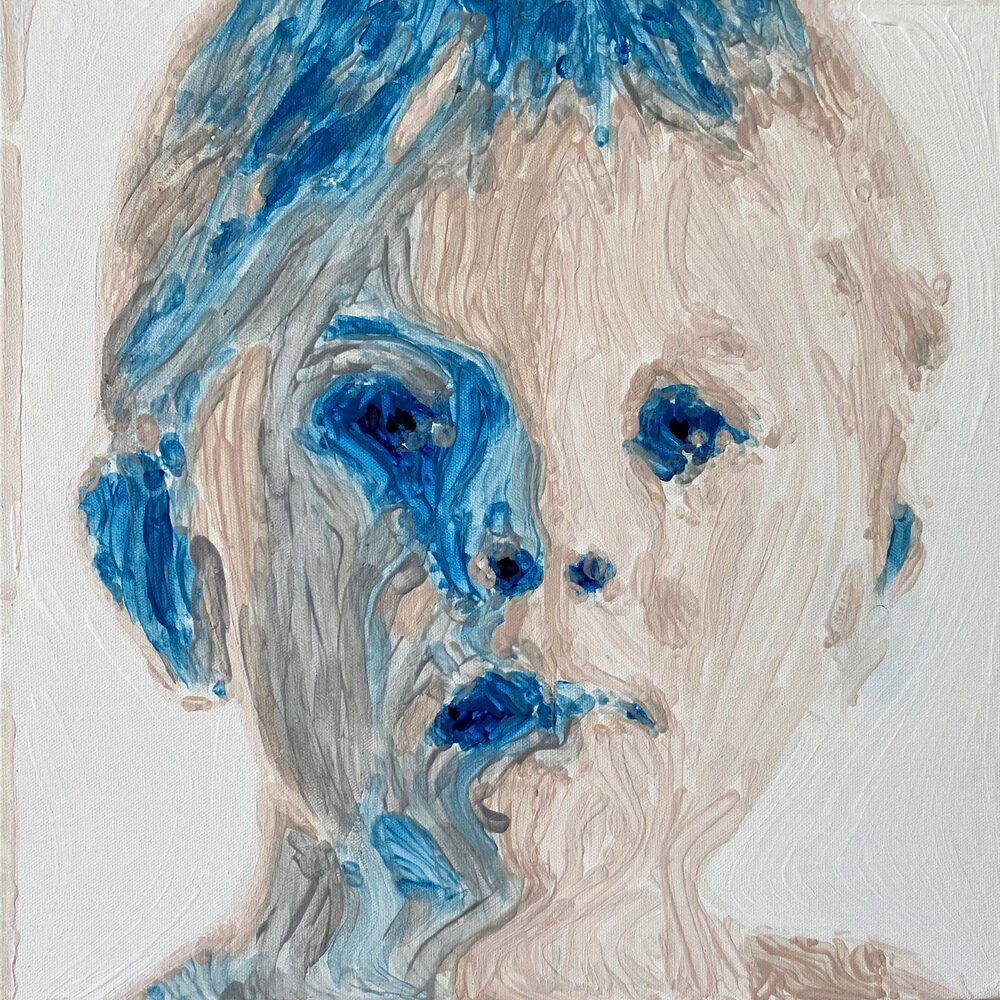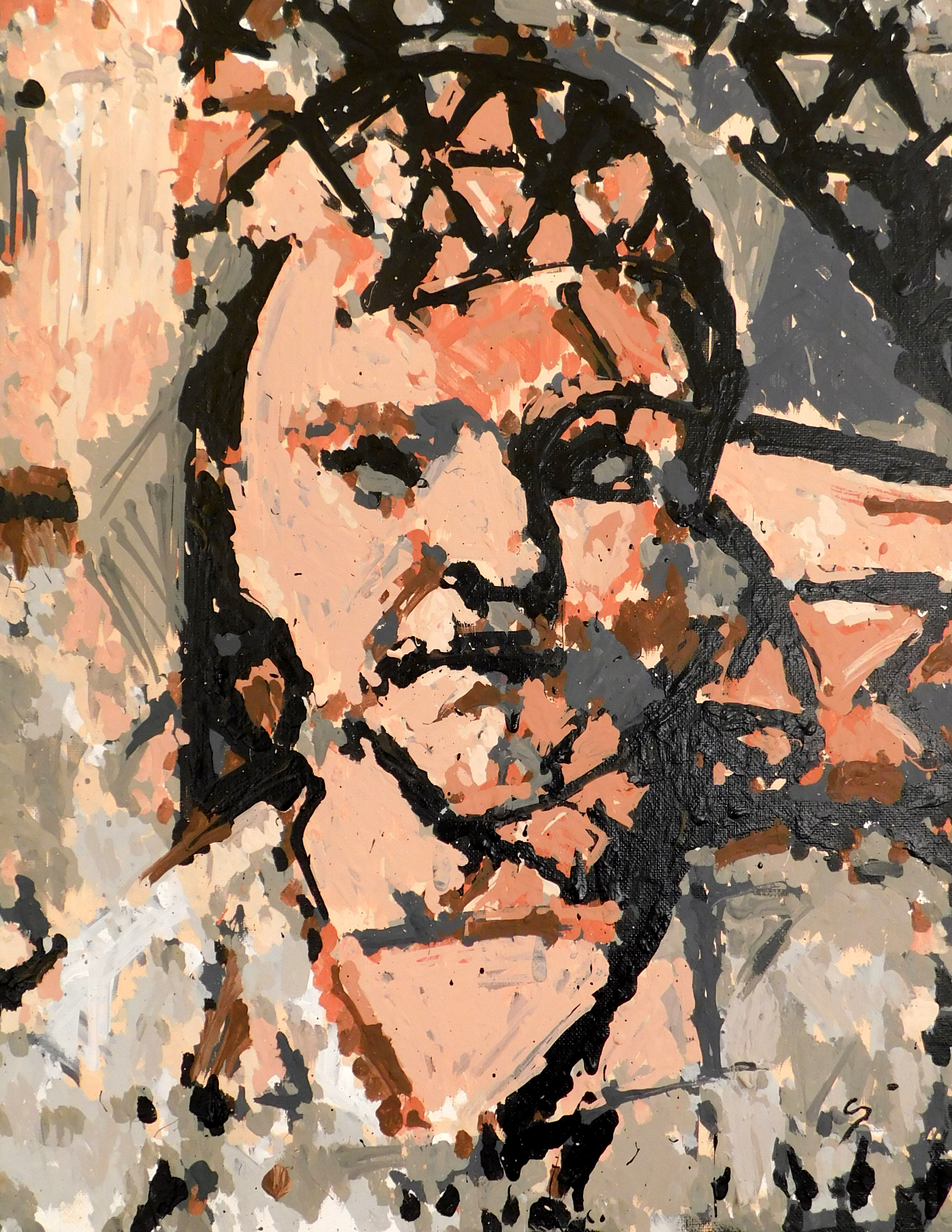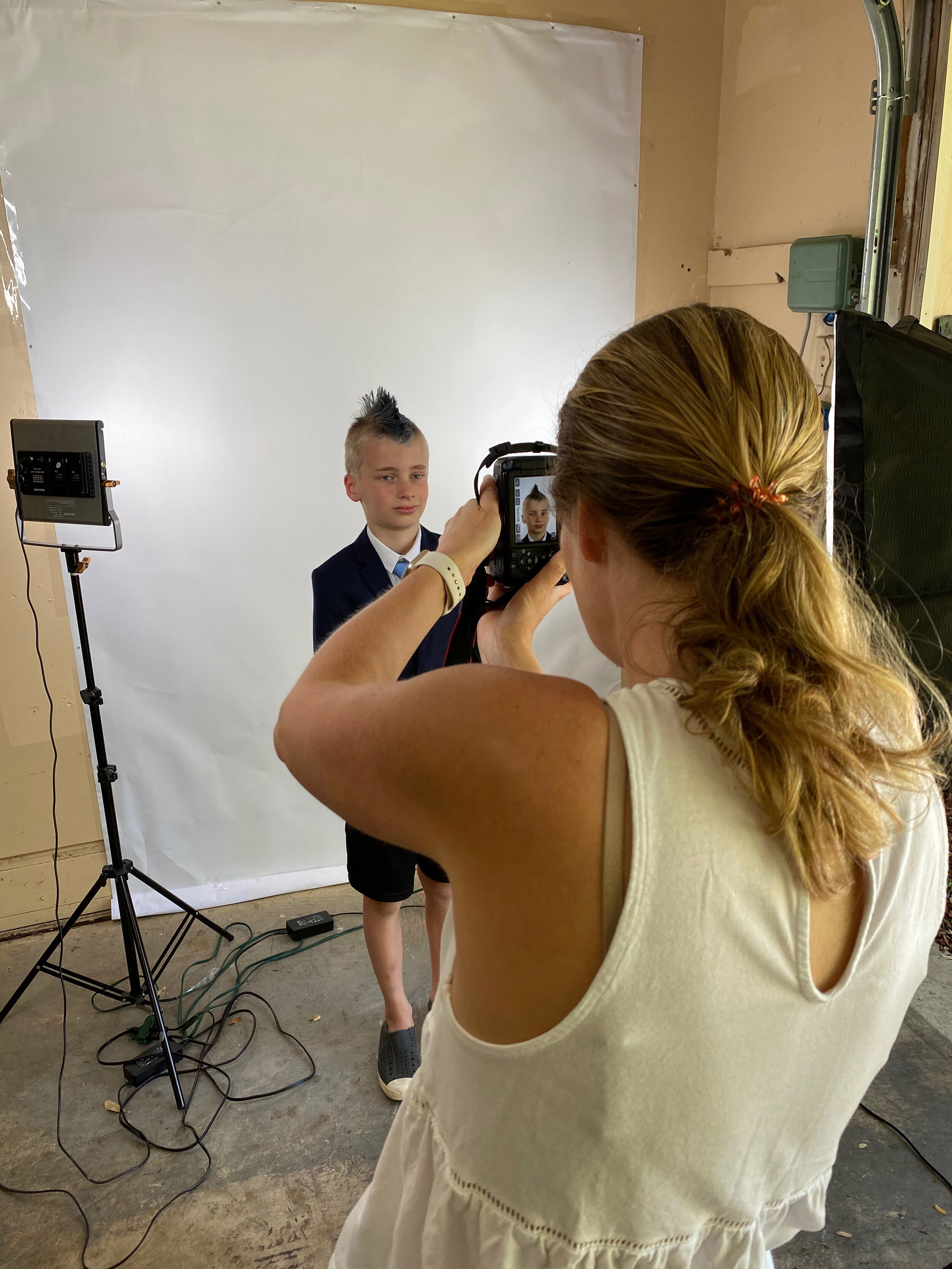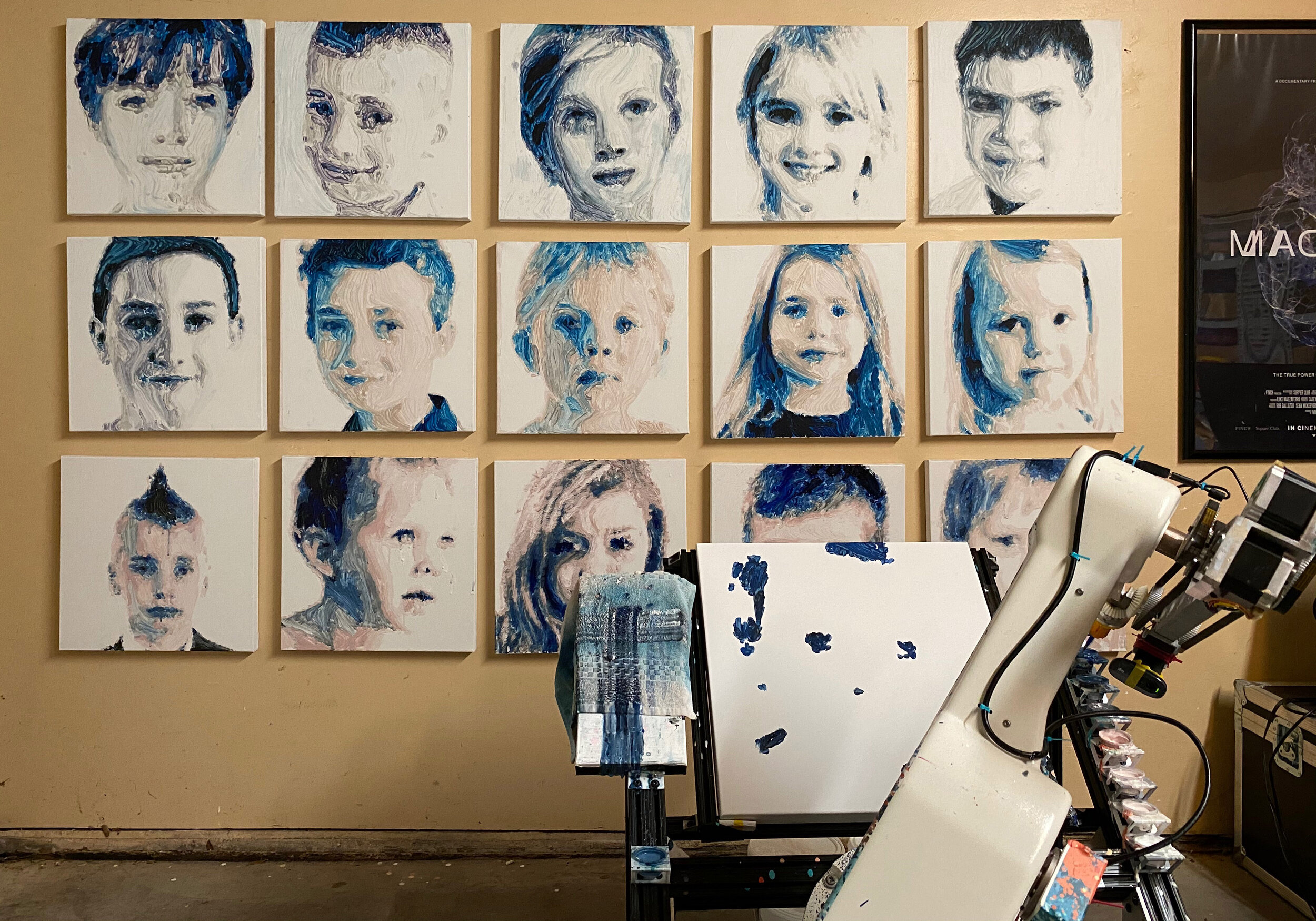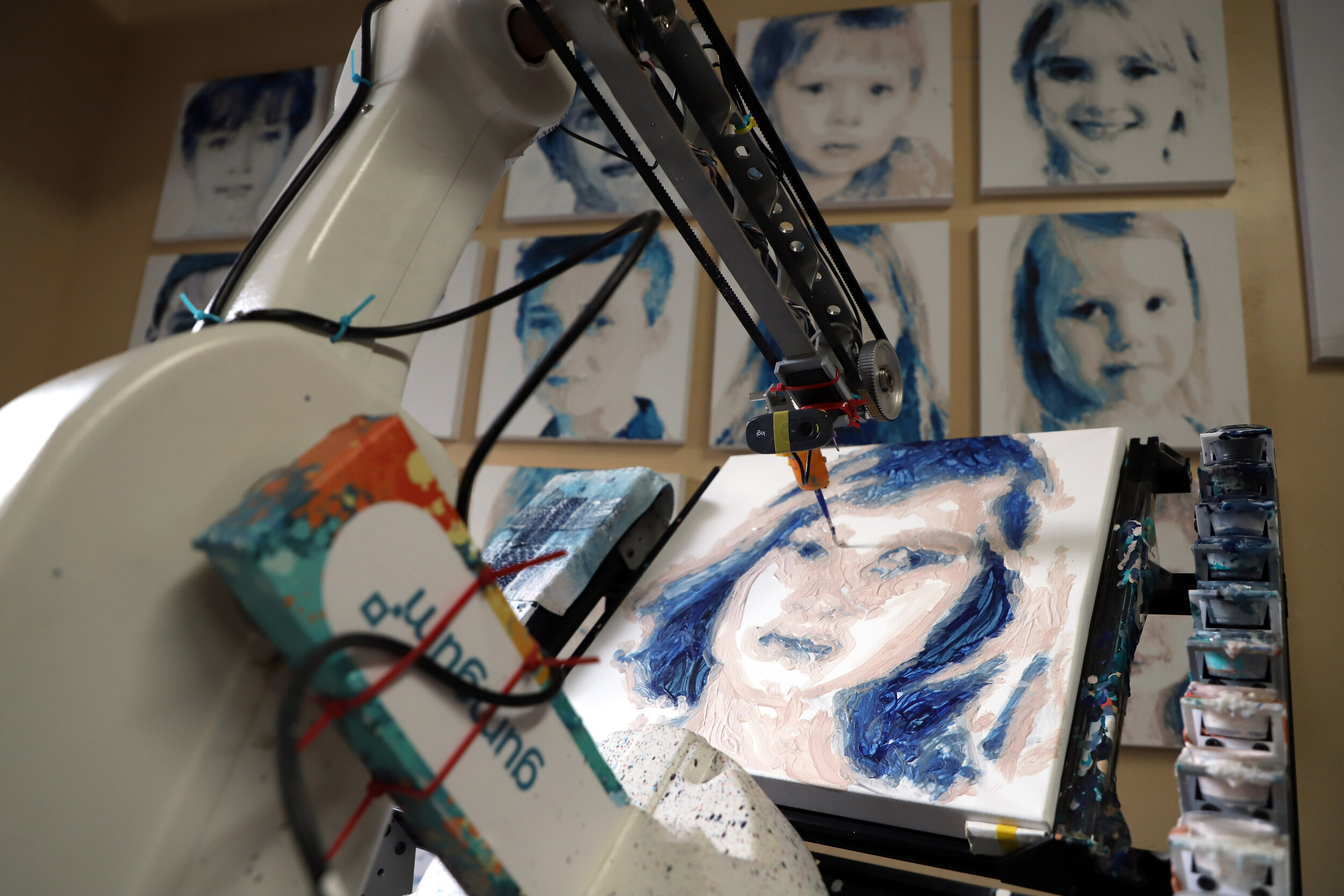
teaching a robot the subtleties of fine art
artonomous is an artificially intelligent machine that paints with a brush on canvas. While it can already paint portraits at human parity, photographer Kitty Simpson and A.I. Artist Pindar Van Arman have teamed up to teach it the subtleties of fine art. Kitty will be sharing her evocative photography with the robot and Pindar will be reprogramming its A.I. to learn as much as possible from her. The three will be collaborating on a limited series of paintings as they hone the robot’s portraiture into fine art.
Submit your photo here to contribute to artonomous’ training set…
While the robot has already painted thousands of portraits and gained international recognition for its work, its artistic journey is just beginning. Kitty and Pindar believe that by using both traditional artistic techniques and the latest advances in artificial intelligence, they will be able to push artonomous’ work in a more expressive direction. Specifics on exactly how they intend to do this can be seen in this overview of the process…
artonomous 017
working on the 17th portrait in this series
History
artonomous was created by Pindar to be a studio assistant that helped him with simple painting tasks such as laying down backgrounds or adding texture. Over the years, however, he added more and more complex A.I. techniques including feedback loops and deep learning neural networks. With more than two dozen of these algorithms in its repertoire, the robot began creating originally composed painting completely on its own. These paintings earned international recognition and multiple awards including a nod from Pulitzer Prize winning art critic Jerry Saltz who once simply stated “It doesn’t look like a computer made it.” Even though it didn’t look like a computer made it, Pindar felt that wasn’t enough. He wanted it to look like a fine artist had made it, complete with emotional impact.
“It doesn’t look like a computer made it…”
Jerry Saltz - Pullitzer Prize Winning Art Critic
Pindar was working on a couple of art projects in Texas when he met photographer Kitty Simpson. He saw several of her prints and was moved by her evocative portraits, a specialty of hers. He soon commissioned a photo-shoot for his own children and noticed that the images, despite being mechanically reproduced by a large format printer, radiated the emotion he was trying to get from his painting robot. Kitty and Pindar began discussing whether or not it would be possible to get the robot to paint more emotionally and a collaboration emerged. Dozens of conversations later Kitty and Pindar were convinced they could teach artonomous to paint more moving portraits so they began making art together.
You can support this project by either commissioning a representational portrait, or one imagined by artonomous’ neural networks.
artonomous uses artificial intelligence, feedback loops, and deep learning to paint on its own.
Each portrait is an exploration of artificial creativity.
Artist Paul Klee described the creative process as a feedback loop. The painter makes a mark then steps back to evaluate the mark before making the next mark. The artist does this over and over again as each brushstroke provides input for how and where the next stroke will be made in a creative feedback loop.
artonomous’ portraits are made by robots using this exact process. The robots use a brush, camera, and more than two dozen artificial intelligence algorithms to make marks, analyze the marks, and make more marks as the painting evolves from a blank canvas into a completed portrait. The A.I. used ranges from simple k-means clustering to some of the more complicated deep learning techniques including CNNs and GANs. More important than the specific A.I. algorithms used, however, is the fact that they are all competing for control of the brush and in doing so contributing to the direction of each artonomous portrait.
Live feed of artonomous b00000011 (2020-07-12)



